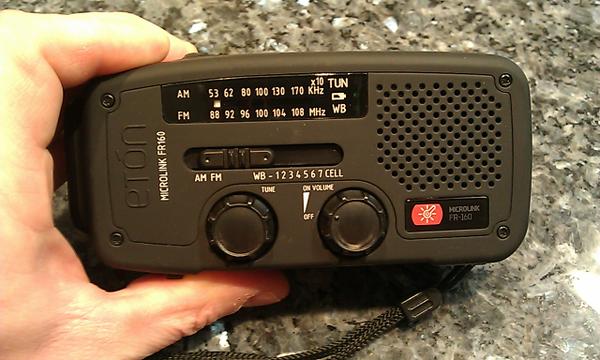Earthquake preparedness has come a long way: no longer can we complain that we, who live in earthquake country, are without the advance warning that others have about impending hurricanes, tsunamis, and volcanoes.
Here it is, our newly discovered earthquake advance warning:
“There’s going to be a major earthquake. Get ready.”
Be safe.
Larry Guillot QuakePrepare.comemail: larry@quakeprepare.com 707-965-3299
|

